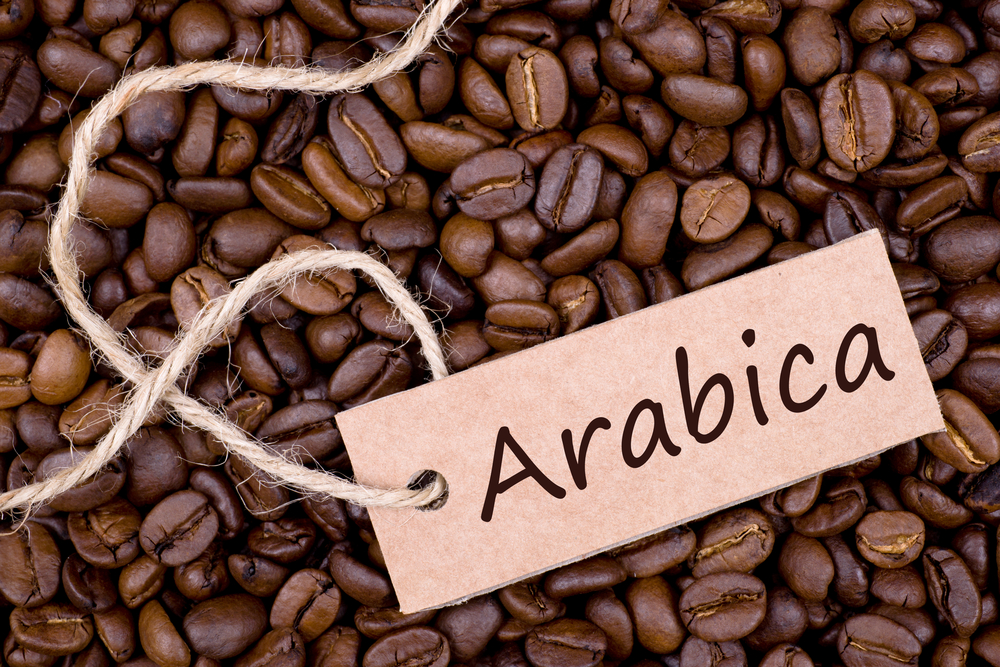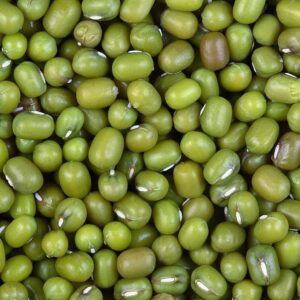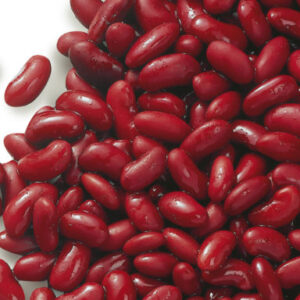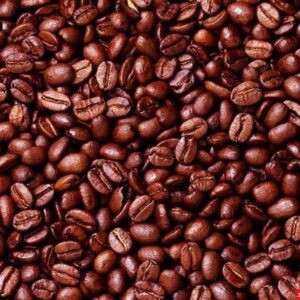For coffee enthusiasts, the term ‘Arabica coffee’ is nothing new to the ears. With its consistent sweet flavor, it’s the perfect companion trip especially in one of those rainy evenings. Milder in flavor and believed to be the oldest coffee bean cultivated, Arabica’s production hit 104.39 million (60 kg bags) just last year.
As a beloved coffee worldwide, it is known for a lower caffeine content compared to Robusta. As the comparison goes, growing Arabica is far trickier than Robusta, making its prices higher than the latter. But that certainly does not stop people from enjoying the rich flavors in a cup of Arabica.
It Originated from Tanzania
Like modern drinkers today, these tribes consumed the bean as a stimulant. It was in the 7th century when Arabica was granted its current name as it traveled across lower Arabia. Yemeni scholars roasted the beans and noted that the resulted drink manage to extend their working hours. It also became the first written record of coffee making.
How It Is Grown and Harvested
Arabica species flourishes in higher altitudes such as hilly lands. It will be fully matured after 7 years. The ideal temperature for an Arabica Coffee plantation is 15-24°C, which makes it sensitive to hotter regions. It can grow up to 12 meters in the wild, but it is cut to 2 meters for commercial plantation to ease the harvesting process.
The leaves are dark green and oval-shaped while bearing the cherries that mature from 7 to 9 months. Each cherry contains two flat seeds or no other than the coffee bean itself. Sometimes only one flat seed developed, which would be called a peaberry.
Harvesting is done by hand-picked. It is due to the terrain of the plantation. Being grown in the mountainous area makes it impossible to utilize machinery equipment. An exception is made to Brazil, which has a flat landscape, therefore allowing the usage of machinery.
There are two known ways to harvest Arabica and coffee bean in general:
- Strip Pick. Here the cherries are collectively picked in one take either by hand or machine. With this method, there might be unripe cherries that get picked along with the ripe ones. The unripe cherries will cause a foul in the processing quality; hence coffee producers have to use additional equipment like pulpers and optical sorters to separate the unripe harvests.
- Selective Pick. It allows for a more careful and meticulous approach to ensure that only the ripe ones are picked. While it might take a longer time, the harvester can selectively collect the cherries by hand, reducing the possibility of picking the unripe ones.
Health Benefits
Nature offers benefits in the fruits that human eats, and it is no different in Arabica coffee. Here are some benefits of this coffee species:
Protect the cells with the anti-oxidant compounds
Studies have indicated anti-oxidant properties in Arabica, such as phenolic acids, which helps protect cells in human from radical compounds that harm the body. Research suggests that drinking coffee decreases the risk of developing endometrial and liver cancer, and other types of cancer disease in the mouth, pharynx, and skin.
Fights the bacteria in the mouth that caused cavities
One study found Arabica extract potential in inhibiting bacteria that live in the mouth called Lactobacillus acidophilus, which is known to cause cavities in the teeth. It is the presence of caffeine and chlorogenic acid in Arabica that helps fight the bacteria.
Decrease the glucose
Arabica extract shows the capability of decreasing glucose in diabetic rats, according to a study, which makes it a potential anti-diabetic ailment to treat diabetes. Carlström, an Associate Professor of Physiology from Sweden saw an inverse relationship between Arabica intake and the reduced risk of type 2 diabetes. For every 1 cup of coffee, the risk of developing type 2 diabetes is reduced to 6%, while 3-4 cups of coffee a day increase the risk reduction to 25%.
Contain Vitamins and Minerals
It contains a small number of vitamins and minerals. According to LiveStrong, an 8-ounce cup of brewed coffee includes 7 mg of magnesium, 0.6 mg of manganese, 0.5 mg of niacin and 0.2 mg of riboflavin, while a 3.5-ounce cup contains 1348 mg potassium and 56 mg sodium in a data provided by FoodData Central.
Low calories
In its natural state (no added milk or sweetener), Arabica contains zero calories. This coffee is ideal if weight gain is the concern, but for people who want to spice it up for a creamier taste, using low-fat milk can be an alternative without dramatically amp up the calorie intake.
Less hydration
Beverages other than water can get people thirsty fast, but despite Arabica’s diuretic properties, it takes more than 5 cups of Arabica to hydrate a person. As mentioned in point 4, the high amount of potassium and lower sodium helps control the hydration and fluid balance aside from regulating blood pressure.
Now on to The Best Part: How to Savor an Arabica (Preparation)
How a coffee taste depends on the method of preparing it. Unlike cupping coffee, serving coffee can be done in multiple ways:
The drip method filters the ground coffee by pouring almost boiling water into it when putting in a cone-shaped unit.
The cafetiere method brews the coffee by adding hot water into the coarsely ground coffee put in a pot, stir it and leave for 3-5 minutes before plunging it with a plunger to separate the ground coffee from the filtered coffee.
Espresso method uses an espresso machine to brew the coffee. The difference from other methods includes the use of pressure when forcing hot water into a finely ground coffee. The result of the filtered drink is an espresso coffee with strong aroma and flavor requiring only a small volume of water. The top of the coffee is mostly filled with crema, a type of foam with a creamy texture.
The instant method, which produces a soluble coffee power similar to the powder texture, found in sachet coffee, go through the brewing process just like the previous methods, but it is differentiated by the subsequent drying process which can be done at home, and that is by spray drying or freeze-drying.
In spray drying, hot air is utilized to create a fast-drying process, in which the filtered coffee is sprayed through the stream unto the top of a tall cylindrical tower. The falling droplets, when dried, turns to fine powder, and can be further altered to granules for adjusting coffee’s solubility level in the water.
As the name suggests, freeze-drying requires extremely low temperature to dry the coffee extract. It is first frozen to -40°C before being cut into granules and dried in low temperature and vacuum condition.
Among the two drying methods, spray drying is preferred due to the faster process.
The coffee beans have different grade quality. For a taste of premium, there are special varieties of Arabica that belongs to the gourmet category or known as gourmet coffee, which is cultivated in the regions of Tanzania







